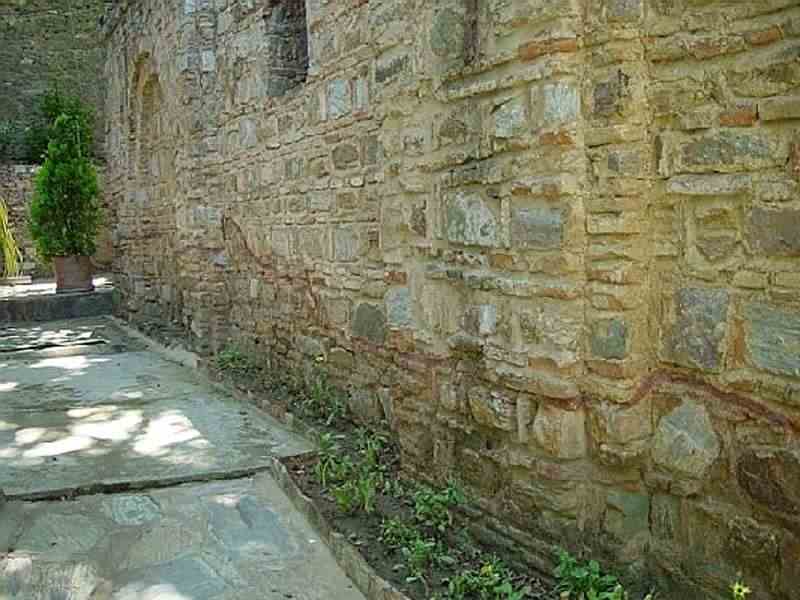Although Ephesus, one of the most important ancient cities,
was founded in the 11th century BC,
the ruins that are on display now are those from the Roman times and
date from the 1st and 2nd
century BC.
Once on
the sea, Ephesus is now 3 km inland due to the harbour being filled up
with alluvium caused by the river Kristros.
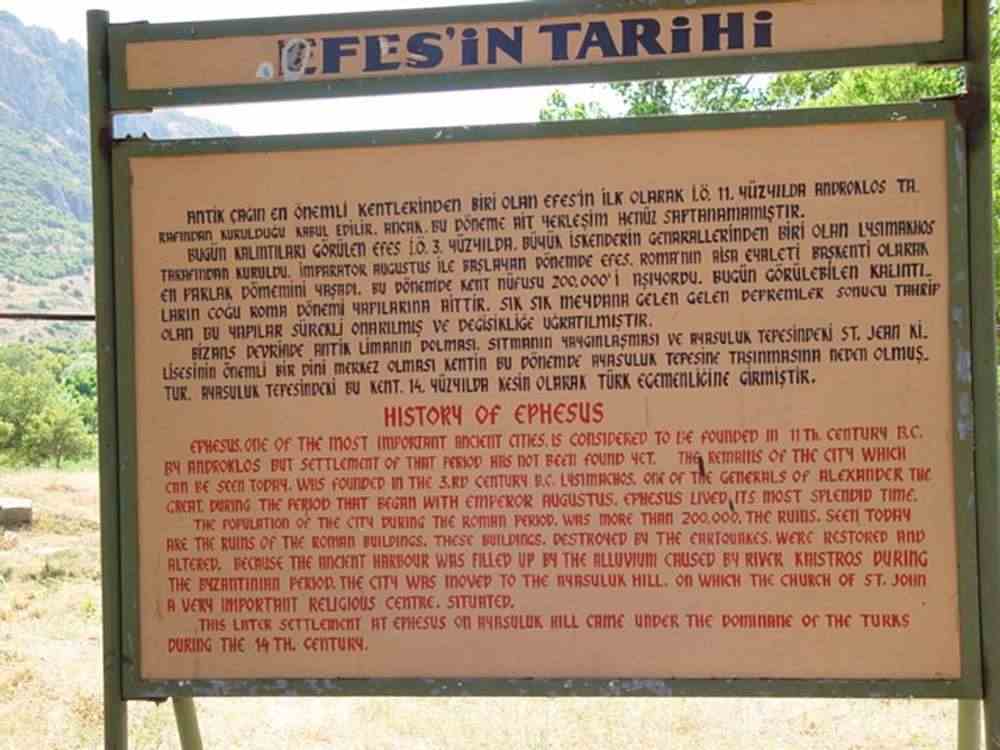
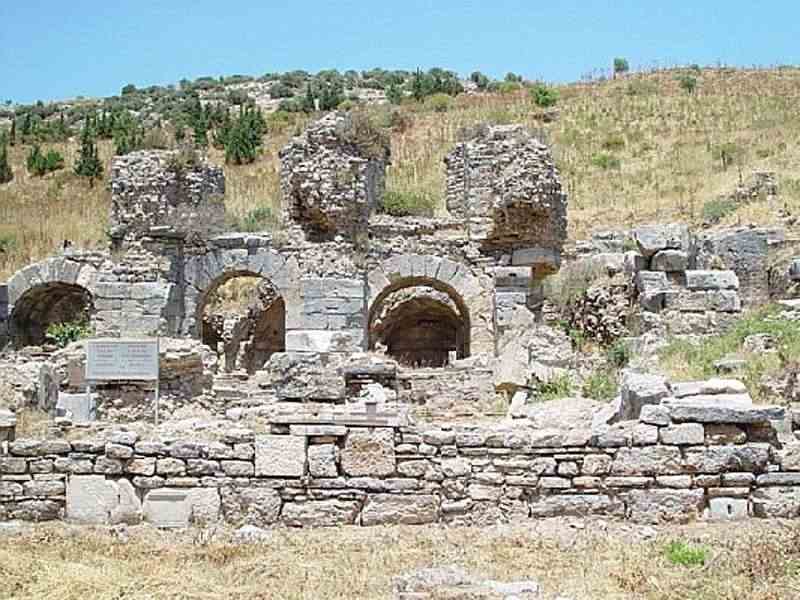
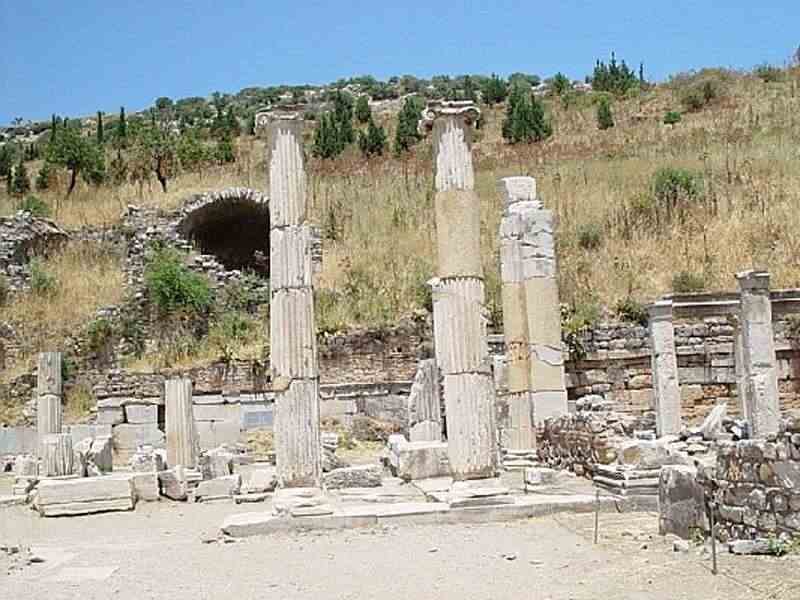

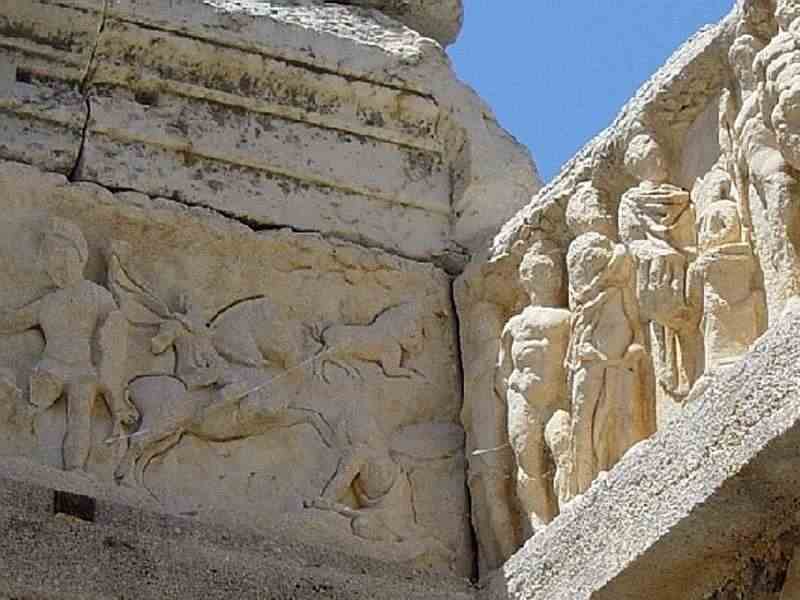
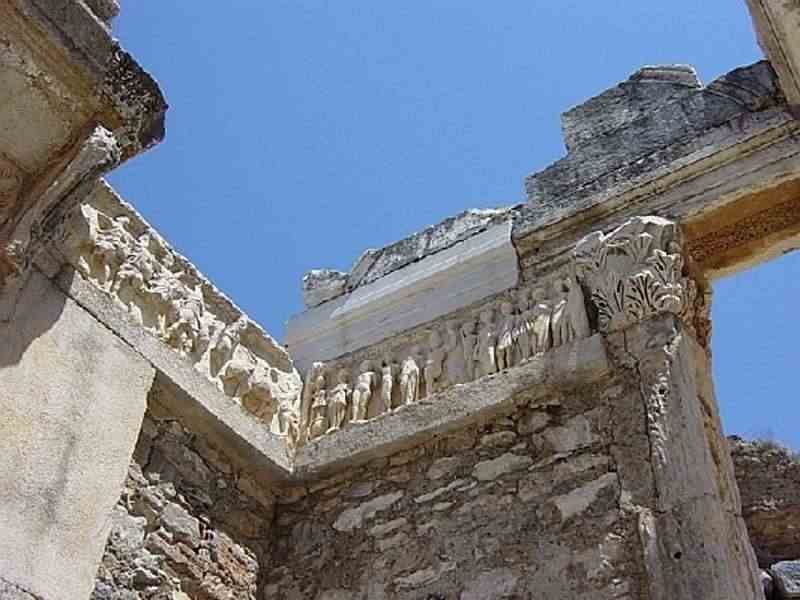








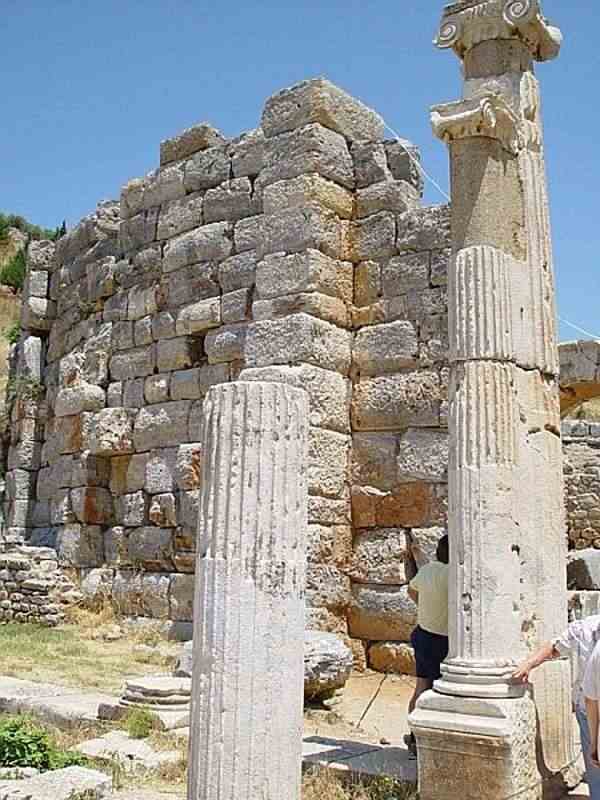
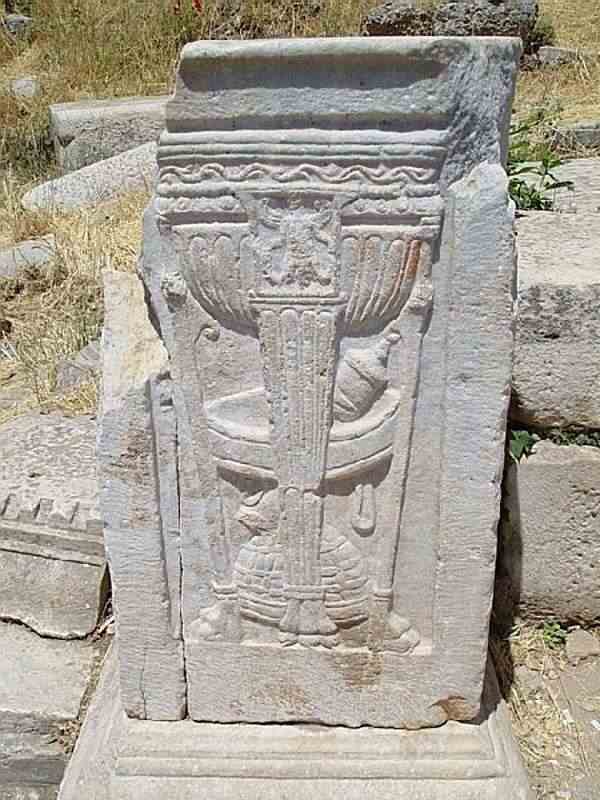

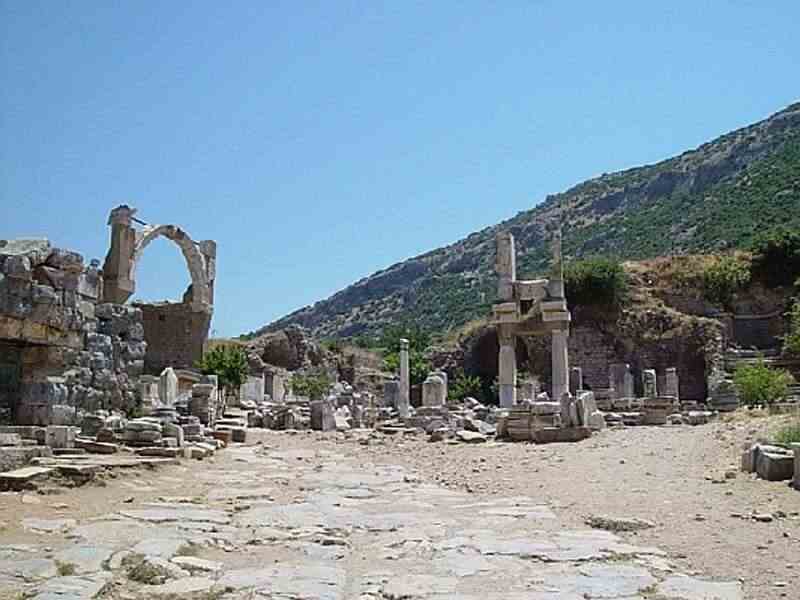
There would have been a
covered way over this marbled street - a basillica, which eventually led
to this word being used for a church.
Only 10% of the ruins at Ephesus have been uncovered so far.
In the Roman times the population of Ephesus would have been greater than 200,000.
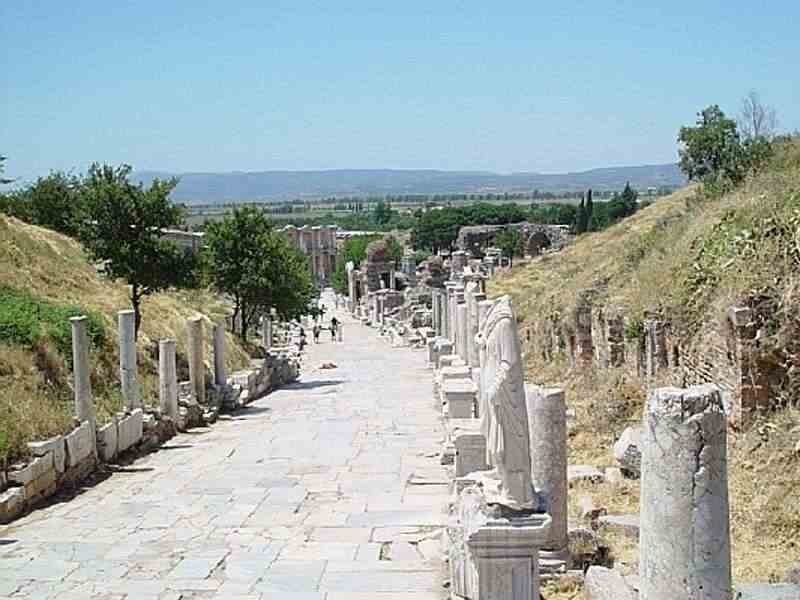
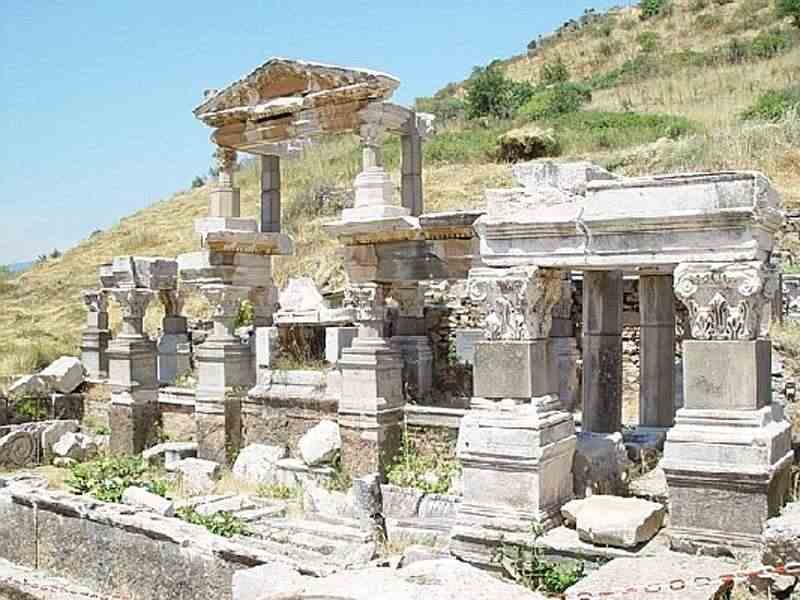
Ephesus was at one of the ends of The Silk Road (as was Istanbul on another branch), so it was a rich trading centre.
Over the years the buildings have been destroyed by earthquakes, restored and altered.
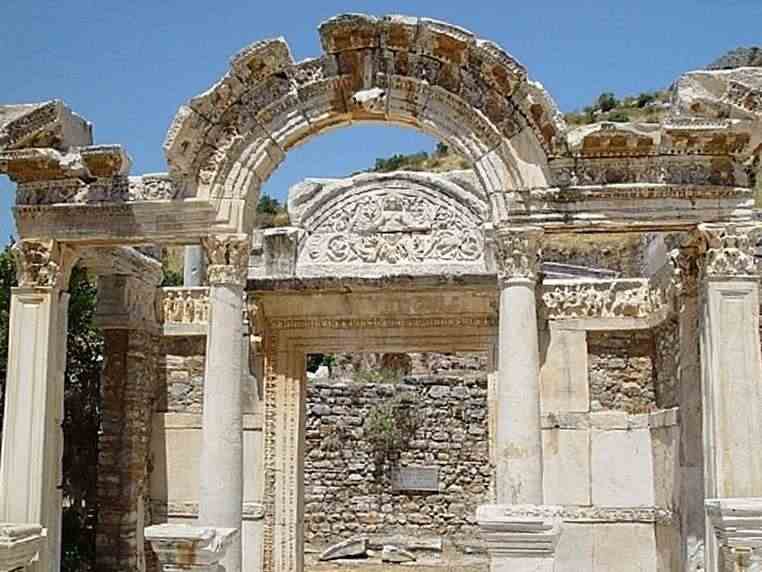
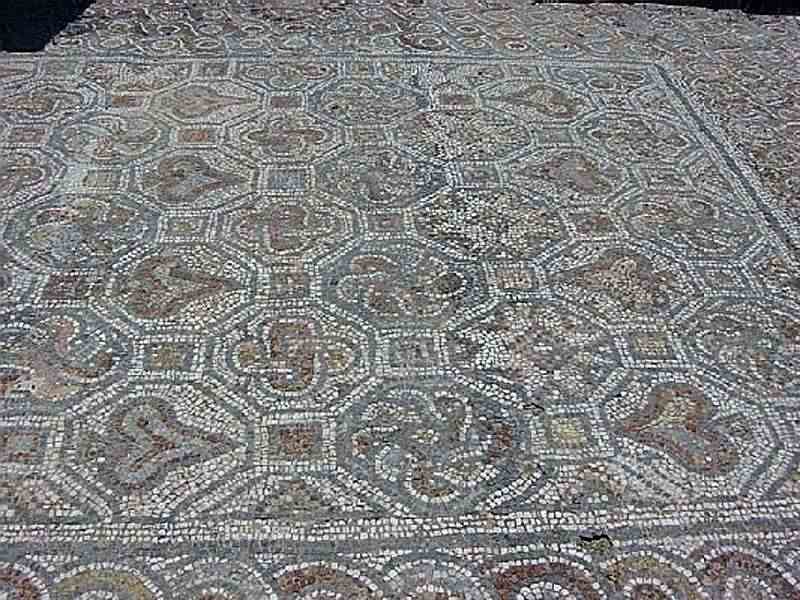
The men's toilet. Water flowed below the seats to take effluent out to the sea.


The façade of the library building.
The centre window was wider to give the appearance of greater height.

Ephesus was an awesome sight. It was very spread out and was as good as Petra and better than Delos.

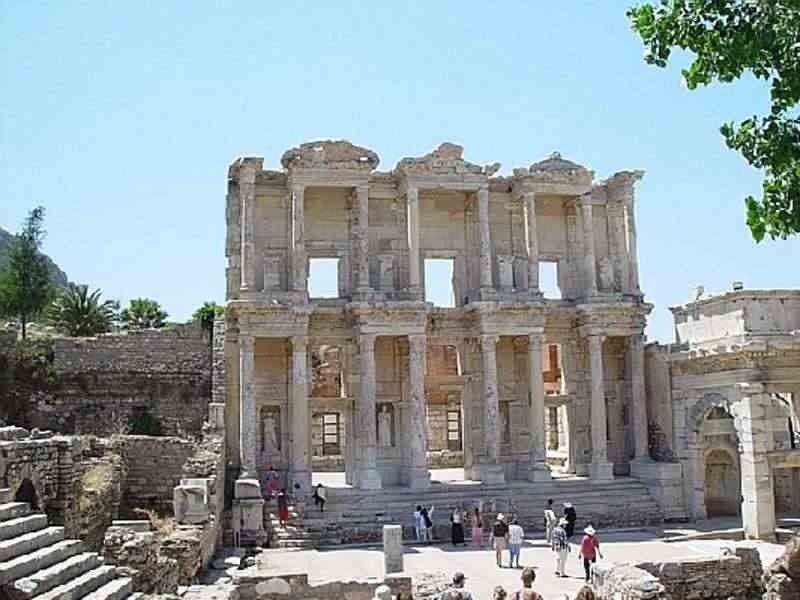



The largest of the two amphitheatres. This one seated 25,000 people.
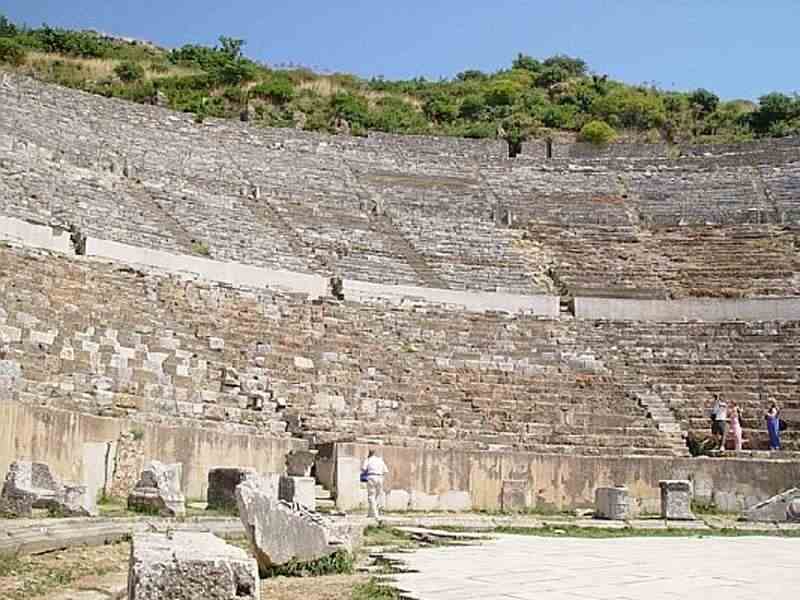
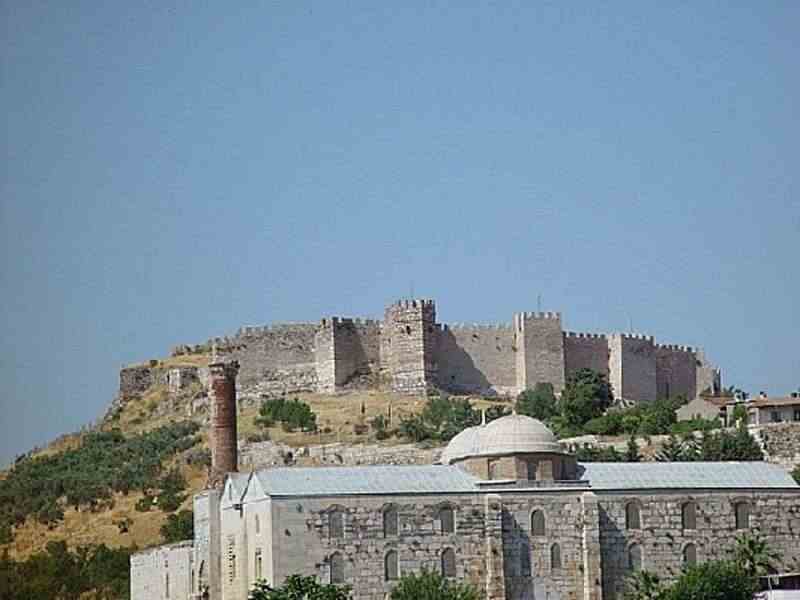
Ruins of the Temple of Artemis, near Ephesus.
It was one of the seven wonders of the ancient world.
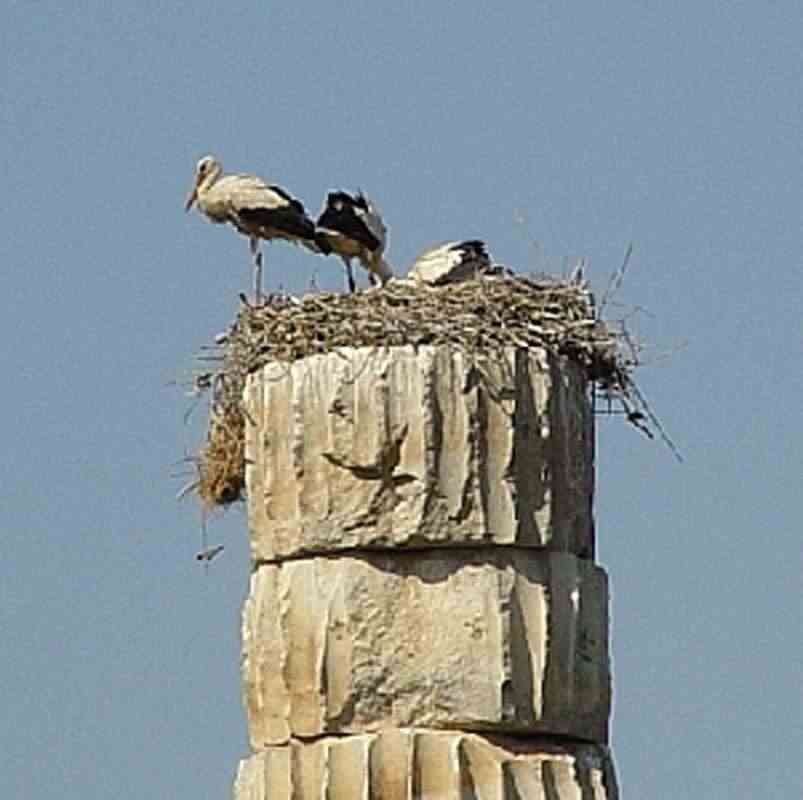
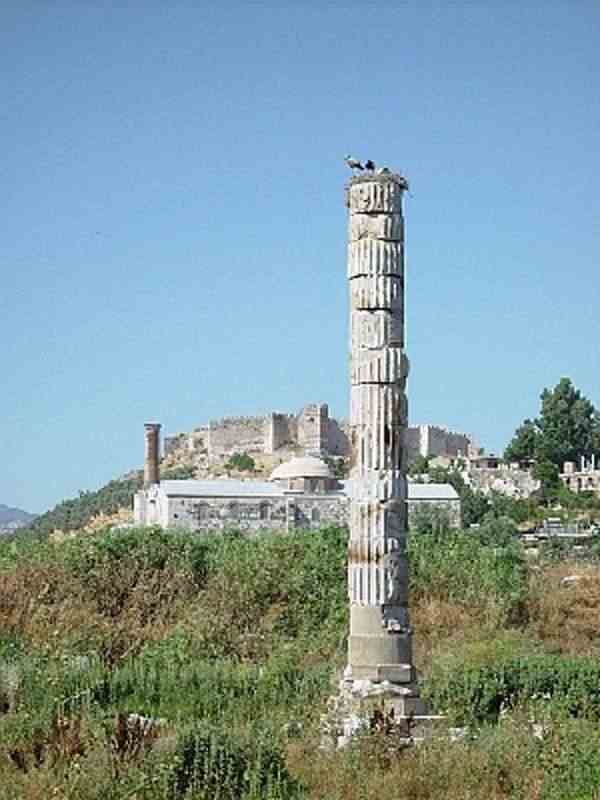
This restored stone cottage, near Ephesus, is said to be where the Virgin Mary spent the last years of her life.
The dark line in the next photo shows the ruins that existed before restoration.
